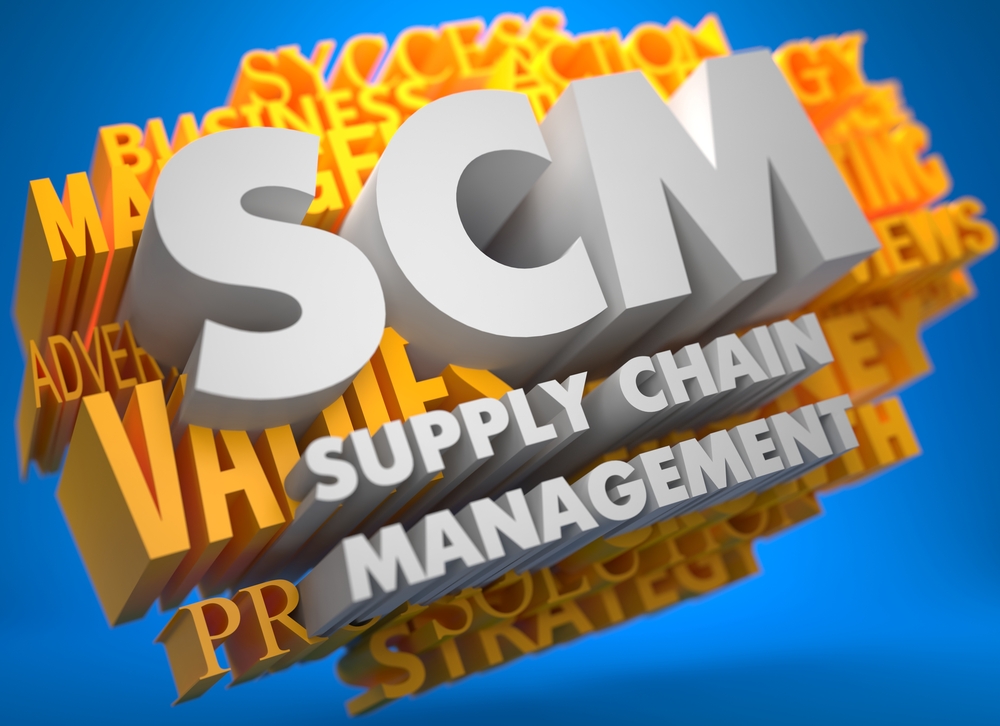SME's and Resource Management
SMEs. I’ll bet they are discussed often, but do you use your Subject Matter Experts (SMEs) as often as you should? The participation and buy-in...

Who needs Change Management when you have shiny new technology or streamlined processes to solve your business woes? New, more advanced ERP systems promise streamlined workflows, decreased manual workloads, increased efficiencies… the list goes on and on and on.
Process Excellence promises many of the same results. Then why do well-planned and carefully executed projects so often fail?
While there are many reasons and risk points that occur throughout a project, there is one that must always be addressed for a project to experience success: Change Management. The workforce must undertake a fundamental shift from an old way of working to a new one.
We often hear the words “sustainable, enduring, or lasting when an organization makes a strategic decision to invest in a technological or process advancement. The harsh reality here is that you are at risk: at risk of a minimally less ROI, or potentially total failure, due to the most impactful asset you have becoming “unreliable.” That asset is the people, even the person, assigned to enact the change.
Without Change Management, or better said, Change Leadership, the new technology will never be used to its best capabilities, if at all. Processes will revert to old habits, and the company will have wasted time, money, and resources on something that was designed to save those very things.
To accomplish this shift effectively, organizations need to take a systematic, ideally incremental, and intentional approach.
Making the shift from working with a cumbersome, frustrating system to a newer, efficient one isn’t an easy task. A large part of this is that while real change may be observed at the level of the organization once it is in place, the real change happens at the level and pace of the individual. Simply stated, “change is not at the pace of the leader, it is at the pace and will of the individual enacting the change.”
When the individual is communicated with and educated, the likelihood of buy-in with that individual increases. They then can make the choice to be on board and even advocate for others. Add in a well-structured Change Management plan, and your chances of real change go up even higher.
On the other hand, without this plan in place, the risk of a failed project increases quickly. Not only will the workforce resist changing to a new way of working, but there are many other hidden risk points. Morale will go down. Engagement will dilute.
Efficiency and productivity will decrease as individuals spend more time commiserating with each other. Absenteeism and turnover will increase. All of these issues are hidden costs of a failed project. All of which can be reduced or even eliminated with the right Change Management program in place.
To help you reduce this risk, we will be publishing a series of posts with points designed to help you get on track with a successful Change – or Risk – Management program. To ensure you don’t miss any of these posts, feel free to sign up here to receive a quick notification when they’re published.
Sign up to receive notifications when we post other information to the blog.

SMEs. I’ll bet they are discussed often, but do you use your Subject Matter Experts (SMEs) as often as you should? The participation and buy-in...

In today’s post-pandemic, digital-first world a successful supply chain management strategy requires both flexibility and agility. From B2B to B2C,...

Finally! A decision has been made and our company will move forward to implement a new ERP system. A common system was chosen which will allow...